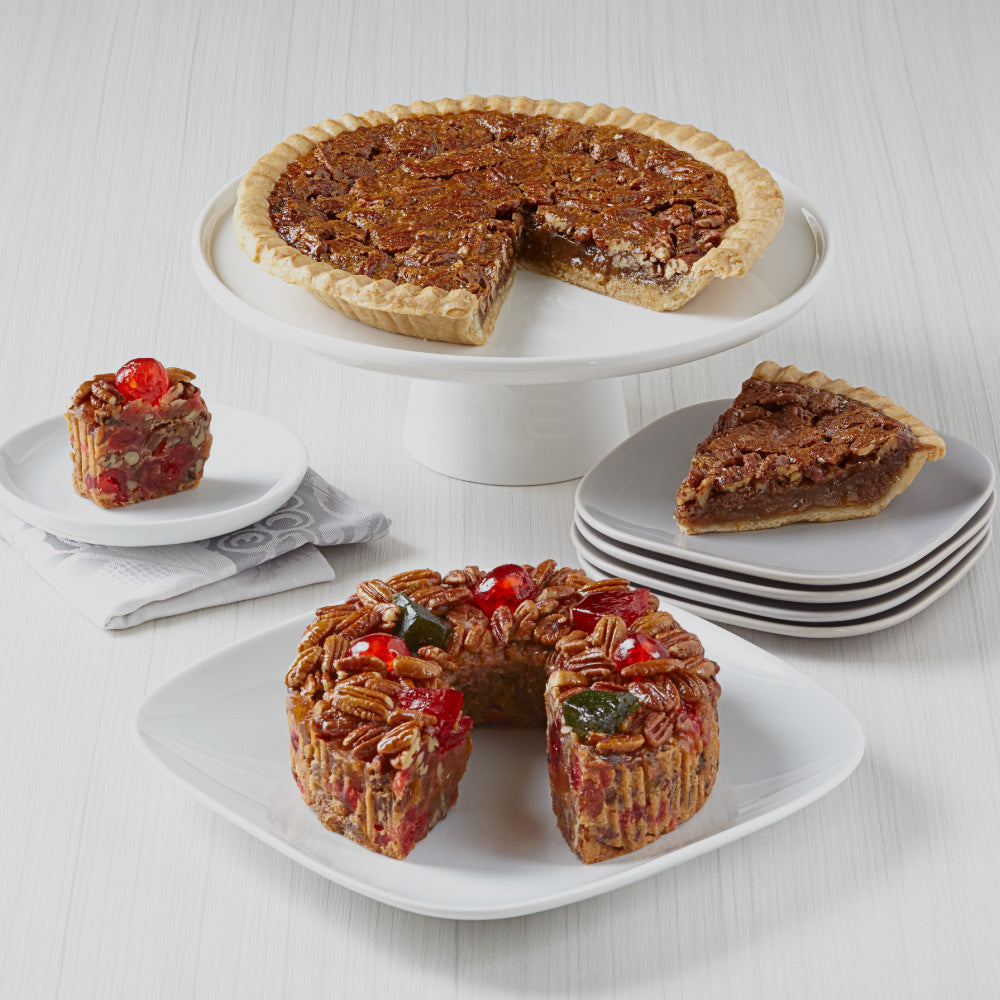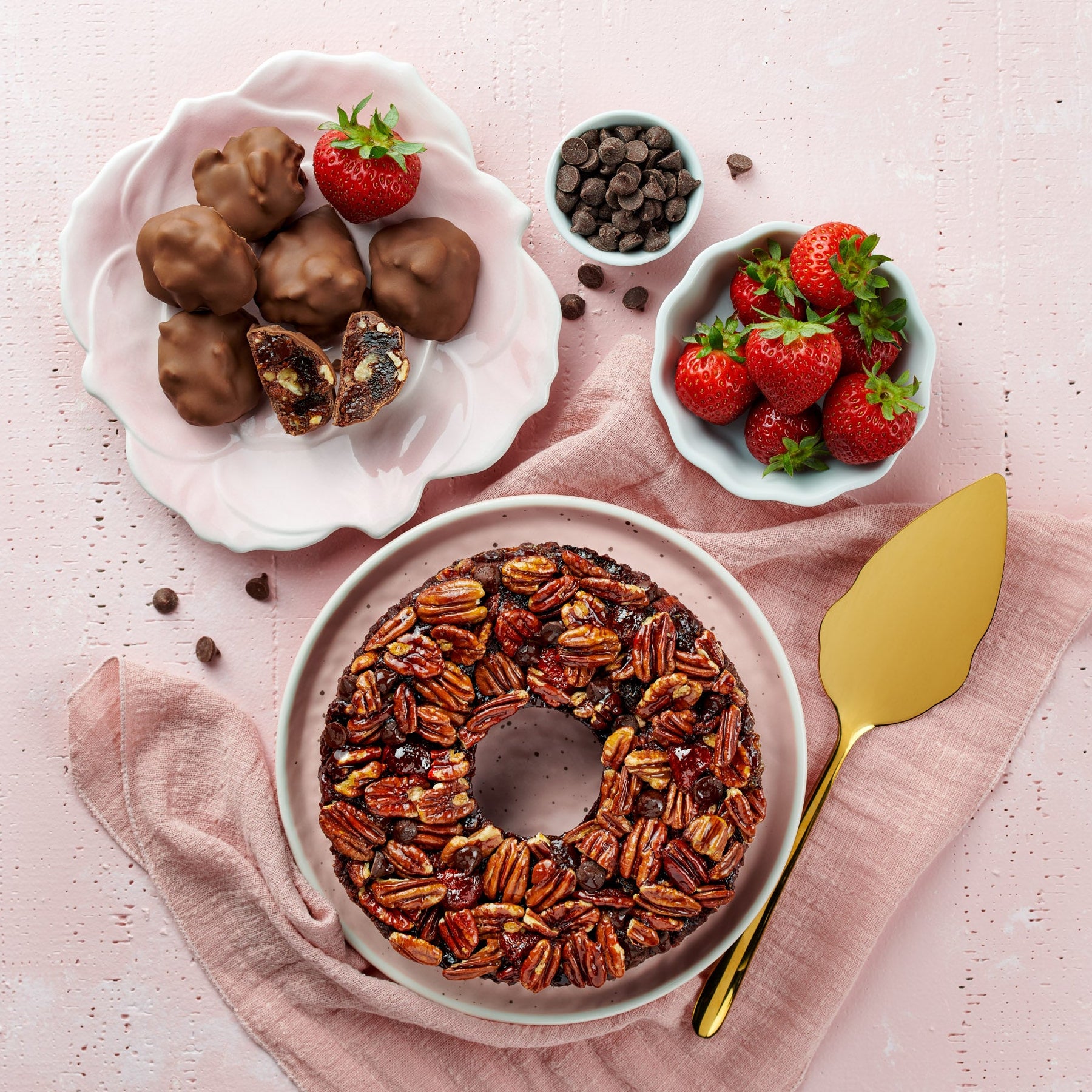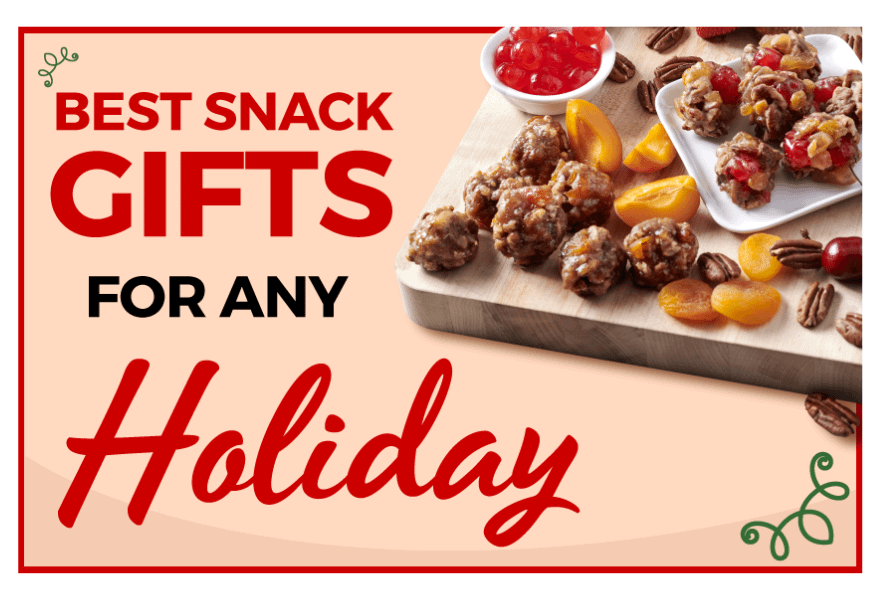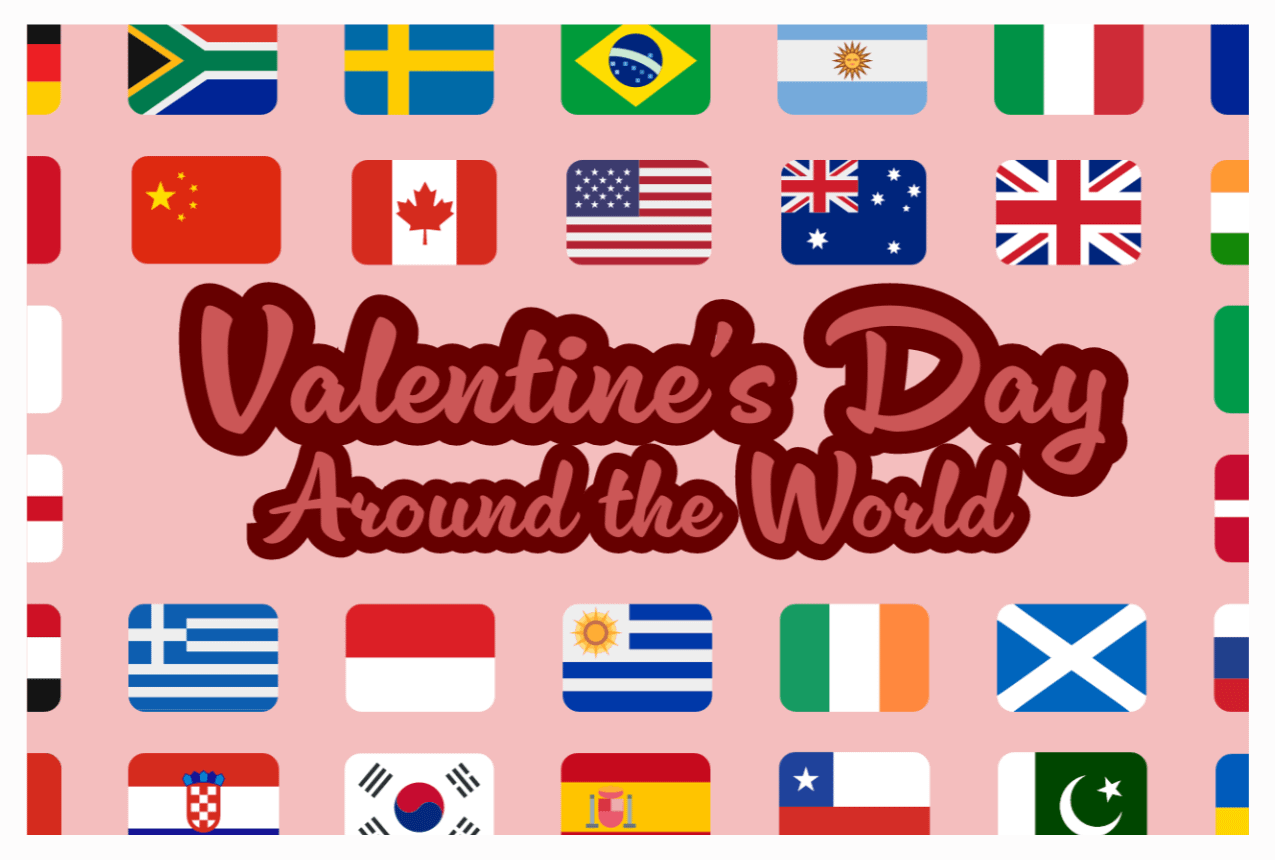A Global Look at Different Variations of Our Favorite Holiday Gift Giver
When we think of Santa Claus, we think of a jolly old man with a big white beard and a red suit. But that’s just one version of Santa. Mr. Claus takes on countless forms and names all across the globe. From the cheerful Sinterklaas in the Netherlands to the mischievous Krampus in the Alpine regions, our beloved gift-giver goes by many names and has diverse traditions with which he is associated. In this blog, we will embark on a global journey to explore the different variations of Santa Claus, discovering how they came to be and what makes each one unique.

Santa Claus - USA & Canada
Let's start with the most famous Santa Claus, known in the United States and Canada. This Santa is based on the legendary figure of St. Nicholas, a Christian bishop from the 4th century. On the night of December 24th, children leave milk and cookies for him by the fireplace. Brought by sled and a dozen reindeer, Santa enters homes through the chimney, placing gifts in stockings hung by the fire and under colorfully decorated pine trees.
This Santa’s image was popularized in the 19th century by various artists, but most notably Thomas Nast. A Bavarian immigrant, Nast arrived in the United States in the 1850s and began composing illustrations for the political magazine Harper’s Weekly. Inspired by the New England landscape and partially based on Nast’s own phyique, Santa became known as a rotund, bearded man dressed in a red suit trimmed with white fur. His story has been spread through literature, advertising, and popular culture, making him a beloved symbol of Christmas in North America.

Sinterklaas - Netherlands & Belgium
In the Netherlands and Belgium, Sinterklaas is the beloved figure who brings gifts to children, but he differs from the American Santa Claus in several ways. Sinterklaas arrives by steamboat from Spain in mid-November, and his feast day is celebrated on December 5th. He is a tall, slender man with a long, white beard, often dressed in a bishop's robes. Sinterklaas is accompanied by his helpers, known as Zwarte Pieten (Black Petes), who are often controversial due to their blackface makeup. Children leave out their shoes to receive gifts, and Sinterklaas' character is rooted in both religious and historical traditions, dating back to the medieval figure of Saint Nicholas.

Ded Moroz - Russia
In Russia, Ded Moroz, which translates to "Grandfather Frost," is the central figure of the New Year celebrations. Ded Moroz is often accompanied by his granddaughter, Snegurochka (Snow Maiden). He is a tall, elegant figure dressed in a blue coat with white fur and a long white beard. Ded Moroz brings gifts to children on New Year's Eve, and the holiday season is marked by the decoration of "New Year Trees" and the appearance of Ded Moroz in various public events. Unlike Santa Claus, Ded Moroz is not associated with Christmas but is a symbol of the Russian winter and the arrival of the New Year.
Interestingly, this version of Santa Claus has somewhat of a colored past. Originating from pagan Slavic mythology but beginning with the creation of the Soviet Union in 1922, Ded Moroz was more than just a holly jolly gift giver. He was also the propagator of pro-communist PR. According to a Times article published in December of 2020 entitled, "How Soviet Russia Banished Their Version of Santa Claus, Then Brought Him Back to Spread Communist Cheer,” In 1949, the Associated Press reported that “At gatherings with children, Ded Moroz customarily ends his talk with the question “to whom do we owe all the good things in socialist society?” to which it is said the children reply in chorus, ‘Stalin.’”

Joulupukki - Finland
In Finland, Joulupukki is the name for Santa Claus. Translating to "Yule Goat," this variation of Santa has links to the god Thor, who drove a goat-powered chariot. As tradition goes, men used to dress up as frightening horned goats called nuttipukki, and travel door-to-door demanding gifts and leftovers from the Yule feast. In the 19th century, the tradition of the nuttipukki merged with the Western variations of Santa Claus, resulting in Joulupukki, a benevolent gift-bringer with a red hat and coat, along with a white beard. Unlike the American Santa Claus, Joulupukki typically does not live at the North Pole but resides in Lapland, Finland, which is often cited as his hometown. Families often visit Lapland to meet Joulupukki in person.

Père Noël - France
In France, Père Noël, also known as Father Christmas, is the gift-giving figure during the holiday season. Père Noël is often depicted as a bearded man in a red suit and hat. French children traditionally leave their shoes by the fireplace on Christmas Eve to be filled with gifts. Père Noël is often accompanied by Père Fouettard, a character who punishes naughty children with whips! Suddenly, only getting lumps of coal doesn’t sound so bad.

Mikulás & Krampus - Austria, Slovenia, and Hungary
In Austria, Slovenia, and Hungary, Santa is a figure known as Mikulás, a white-bearded man with robes of white or red and a tall red hat bearing the likeness of a Mitre. Known for placing candy in the shoes of good little children, Mikulás has a dark counterpart—a horned, devilish creature known as Krampus who punishes naughty children by gifting them birch twigs.
In the past two decades, Krampus has gained increasing popularity. To many, his frightening figure balances the positive presence of the traditional Santa Claus figure. On the night of December 5th, known as Krampusnacht, people dress up as Krampus and roam the streets in a wild and eerie parade known as Krampuslauf or Krampus Run. Originally meant to disperse winter’s ghosts, the tradition has morphed into a macabre celebration that combines the light and dark sides of the holiday season, with Krampus serving as a stark contrast to the benevolent gift-bringers in other cultures.

Dun Che Lao Ren - China
In China, the traditional figure of Santa Claus has been adapted to fit the local culture. Dun Che Lao Ren, also known as "Christmas Old Man," shares the gift-giving role with another character, a Christmas tree-decorating doll called Lan Khoong, inspired by Western customs. Dun Che Lao Ren is typically depicted as a cheerful, elderly man who brings gifts to children, and his portrayal has been influenced by various Western depictions of Santa Claus. This unique blend of traditions reflects the fusion of Chinese and Western customs.

Weihnachtsmann - Germany
In Germany, Weihnachtsmann, or "Christmas Man," has been a long-standing figure in holiday celebrations. While the country also embraces the idea of Christkind, an angelic gift-bringer, Weihnachtsmann is a more recent addition, influenced by the American image of Santa Claus. Weihnachtsmann is portrayed as a man in a red suit and a white beard, and he delivers presents to children on Christmas Eve. The traditional German Christmas figure, however, is Christkind, an angelic child who symbolizes the birth of Jesus and is associated with the true meaning of Christmas.
Kanakaloka - Hawaii
In Hawaii, Santa Claus goes by the name Kanakaloka. Given the unique climate and cultural context of Hawaii, Kanakaloka is often portrayed in more relaxed attire, such as a Hawaiian shirt, shorts, and flip-flops, as opposed to the traditional red suit and boots. He is said to arrive not in a sleigh but by canoe or surfboard, embracing the island spirit and traditions. Kanakaloka's version of gift-giving reflects the island's laid-back and tropical atmosphere.

Swiety Mikolaj - Poland
In Poland, Swiety Mikolaj, or St. Nicholas, is celebrated on December 6th, which is his feast day. Swiety Mikolaj arrives to reward well-behaved children with gifts and sweets. While he shares some similarities with Santa Claus, this Polish tradition has a more religious emphasis, with the day serving as a reminder of the charitable nature of St. Nicholas, the patron saint of children.
All Santas are Unique & Special
As we've journeyed around the world, we've discovered a delightful array of Santa Claus variations. Each of these characters has a unique history, appearance, and set of traditions that make them special in their respective regions. From the classic Santa Claus in the USA to the intriguing Krampus in the Alpine regions, the global diversity of Santa figures enriches the tapestry of holiday celebrations worldwide. Whether you find yourself celebrating with Santa Claus, Sinterklaas, Ded Moroz, or any of the other beloved characters, one thing remains constant—the joy and magic of the holiday season shared by people of all cultures and backgrounds. So, this Christmas, no matter which Santa pays you a visit, remember to embrace the spirit of giving and togetherness that unites us all.
Shop our traditional Christmas Cake!
Regardless of which Santa from around the world you celebrate, one thing unites them all—their love for our DeLuxe® Fruitcake. Santa-approved since 1896, our fruitcake brings the magic of the season to your table. Bursting with premium ingredients and irresistible flavors, this Christmas cake is more than a dessert—it's a celebration in every bite!
Don't miss the chance to savor the joy that comes with each slice. Place your order now and experience the unparalleled delight of snacking like Santa during this magical time of year.










Leave a comment
This site is protected by hCaptcha and the hCaptcha Privacy Policy and Terms of Service apply.